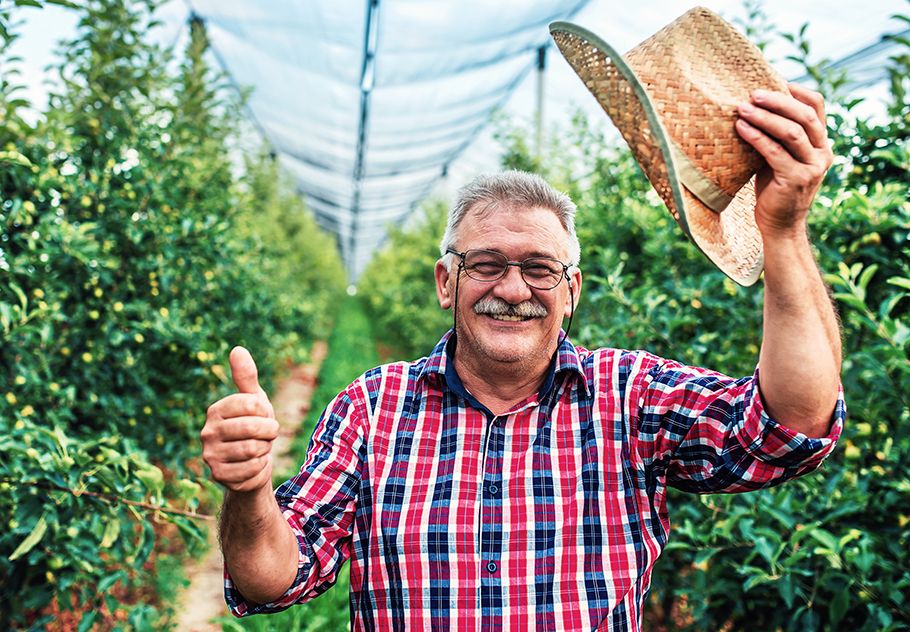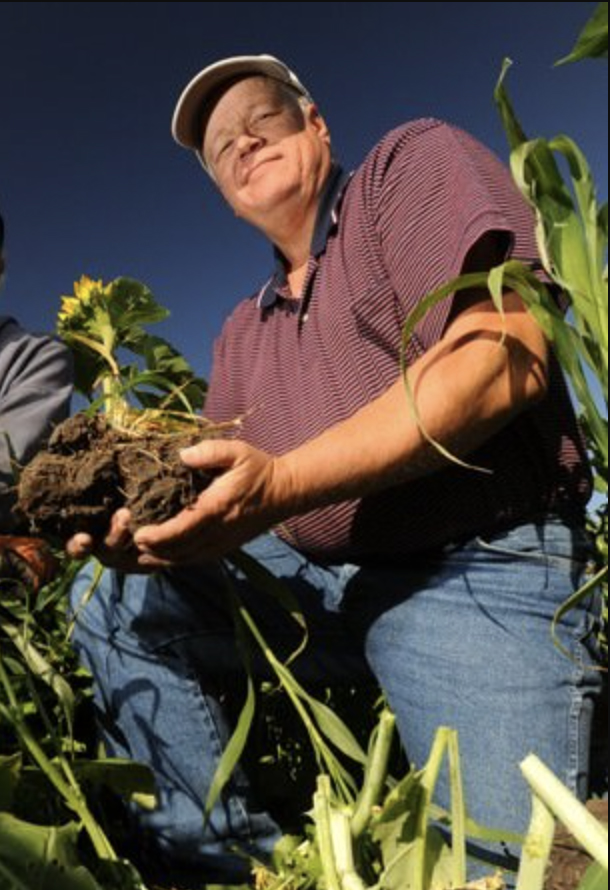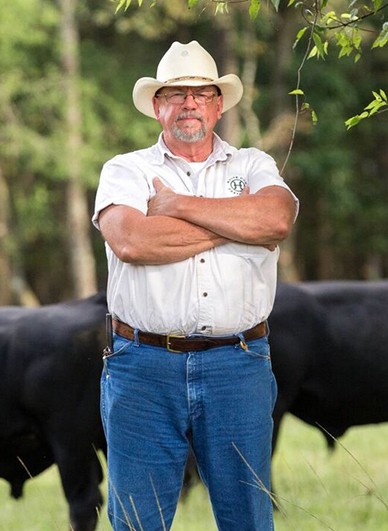
What Motivates Farmers and Ranchers to Turn to Regenerative Agriculture?
by CRARS staff member Sheryl Karas MA

In a recent post(opens in new window), we shared how consumers have been motivated by concerns for their own health and well-being, sense of community, and life purpose to support local farmers and ranchers who focus on supplying their regional foodsheds. They also are making choices, when possible, to support climate resiliency, and regenerative producers who market to those concerns have been reaping the benefits. But what about the farmers and ranchers themselves? What drives their choice to use regenerative practices?
It turns out that they are motivated by the same things. Proponents of regenerative agriculture always point to the climate change mitigation benefits caused by reducing greenhouse gasses. And that is certainly a factor. There is considerable evidence showing that modern agricultural techniques since the industrial revolution have contributed to greenhouse gas emissions, soil depletion, environmental pollution, and loss of biodiversity. But according to a study by Dr. Hannah Gosnell of Oregon State University, most regenerative ranchers see climate change mitigation as a “co-benefit.(opens in new window)” Their real motivation is driven by concerns for their own well-being—specifically starting with the bottom line. Modern agricultural methods have allowed farmers to produce a lot more food than before, so many of the downsides have been seen by many as an acceptable price to pay for keeping the world fed and profits high. But increasing crop failures and ever-rising input costs due to soil degradation and increasing weather events now have many farmers worried for their futures and fighting to stay in business. That’s when some of them turn to regenerative practices.
Of course, many of these farmers and ranchers also do have a concern for the environment; but first and foremost, they need to keep themselves and their families safe. They usually try one or two practices on a few acres at a time. If they see progress by at least saving money on their input costs, then they typically stay the course despite obstacles they might encounter. Then they cite a growing sense of satisfaction, greater feeling of connection to the local environment and community, and life purpose as reasons why they continue.
Mentor-Farmer Stories
 Gabe Brown
Gabe Brown
Bismarck, North Dakota farmer Gabe Brown(opens in new window), author of the book "Dirt to Soil: One Family’s Journey into Regenerative Agriculture", attributes four years of severe crop failure due to hail storms and other weather events as the turning point that made him turn to regenerative solutions. His soil was badly depleted, and he could no longer afford to pay for the inputs he thought his livelihood depended on. In desperation, he tried adding one regenerative technique after another, each time monitoring and noting significant results. Today he continues no-tilling, has added multi-species cover and companion crops and uses managed grazing techniques that allow most of his pastures a year of recovery time between feeding periods. He now has a highly successful 5000-acre ranch with crop yields 20-25 percent higher than the average yields in his county, and he teaches classes and tours the country as an advocate for this way of farming.
 Carrie Richards
Carrie Richards
Carrie Richards of Richards Grassfed(opens in new window) in Yuba County, CA, recently shared her journey into regenerative practices with us and was quite forthcoming about the operation not being profitable when she took it over. She says, “We were buying a lot of hay. And I thought that if maybe we could do this differently, we could grow more grass and buy less hay. That first year we cut the hay bill by two-thirds and it was really scary.” They made lots of mistakes but they survived and even started to see things work a little bit. So the next year they did more, learned more lessons, saw more benefits, and just kept going. This year they broke even for the first time in many years and they see a clear route to profitability. But more than that, now Carrie talks about how important the larger project of land reclamation and the environment has become to her.
“My priorities of having the most successful meat company have really shifted to: “How do I keep this property thriving? ... Keeping these large swaths of land together in California, I think is really important for wildlife and it’s important for agriculture. It’s become more of a priority to me than whether we keep the land, whether we ranch it, whether our kids ranch it. I want to keep it for the family, I want to keep it for the next generation, I want to keep it whole for the wildlife, and I want to keep the watershed healthy.”
Richards Grassfed just won a CDFA Healthy Soils grant and Carrie looks forward to using it to spread 6 tonnes of compost per acre on 20 acres of her ranch. She also is working with us at the Center for Regenerative Agriculture and Resilient Systems (CRARS) on an experimental plot using no-till practices and BEAM compost-inoculated seeds. The results have been impressive so she is excited to have the funding to continue experimenting. She is definitely an enthusiastic proponent of regenerative agriculture.
 Will Harris
Will Harris
One of the biggest challenges of converting to regenerative practices is that it often takes 3-5 years for the land to recover and for the producer to reap the financial benefits. Will Harris is the owner of White Oak Pastures(opens in new window), a very successful grass-fed ranching operation in Blufton, Georgia that works with multi-species integration and a variety of other regenerative practices. He’s very upfront about the hardship and financial risk he took on in converting his property and warns others to plan well for those initial years. But over time, his success went far beyond what he ever imagined. It not only helped his family, but he has also seen it transform the little town he lives in as well. Reclaiming the land and his community has given him a great sense of pride and well-being. In the following video, he tells the story of the transformation and what it has meant to him.
Helping More Producers Make the Switch
In Hannah Gosnell’s research, it was shown that helping ranchers adapt to the already present effects of climate change has synergistic effects for climate change mitigation as well. Because there are a number of constraining factors in terms of financial risk, social pressures, time, and learning curves, her paper concluded that programs to support the transition to climate-beneficial practices need to address these problems. Specific recommendations included on-site research involving the producers themselves, and education and outreach including peer-to-peer networking and mentorship. At CRARS we have been doing several on-site research projects(opens in new window) like the one at Richards Grassfed. Plus this past year, with the help of a USDA Regional Conservation Partnership Program grant, we have created a Learning Collaborative that teams producers up with technical service providers for training and group support. The intent is to engage farmers and ranchers in the choices that will serve them most as they transition to climate-beneficial approaches. With our mentor-farmer outreach(opens in new window), we already see that the enthusiasm released by personal success makes producers want to support others like themselves along the way. All of these approaches create a solid foundation that can bolster the adoption of beneficial practices from the bottom up.
